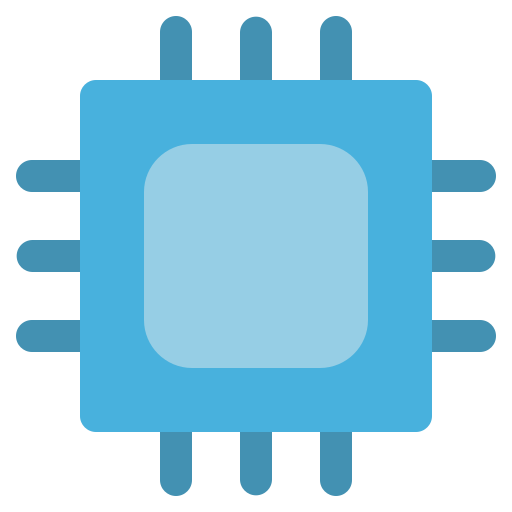

I hope I am wrong but this also sounds like an incoming AI slop.


I hope I am wrong but this also sounds like an incoming AI slop.


Pretty much what is happening in the Middle East right now too. And mind you if Venezuela didn’t have oil, the US wouldn’t care at all.


Same. That’s for me a red flag that a company took the enshittification path and things will get progressively worse.
Plus I would rather support an open source project that benefits the whole community than a greedy company who is trying to milk their customers.


I will be very much surprised if they haven’t secured and locked the prices of all their components for a year or two ahead, so this should not be a factor. Probably they are just waiting to see what will happen with the tariffs and tasting the sentiment of the market for such a device.
I presume they will sell it almost at cost or even at loss, as this will eventually increase their game sales overall.


Tell us you don’t have kids without telling us you don’t have kids


You also need to change the devices browsers, extensions and timezones to stay anonymous or buy a device and set the most common fingerprint settings, so it is harder for those companies to track you down. It is a slippery slope, and you can check your browser fingerprint and avoid adding unique settings, extensions or anything that can help them to track you.


Why is our company valued at 4 trillions instead of 10 trillions. Those peaky humans are not buying enough of our shares. /s


The point is that 4K TV is a lot more prevalent than 4K monitors and my understanding is that this device is targeting exactly the former audience. And this device will struggle with more demanding titles big time even with frame gen and FSR.
Again I am really hoping I am wrong here as we need more competition in the console segment. And it would be great for Linux compatibility and force more studios to create Linux ports and will be great for the overall compatibility.


To be honest, I am a bit disappointed in the machine, its specs are very underwhelming and not exactly future proof.
I really like the idea of Steam machines and I hope they are successful though.


I don’t know but I am constantly hitting the RAM limit with 16Gb of RAM with around 20-30 open tabs and other apps, both on Linux and Windows


While I am also an atheist like you, I don’t think that religion per se is the culprit here, just the interpretation of it by some individuals and the weaponisazation of it for sowing division and hatred. Oftentimes it is also used to control people and that’s harmful.
The problem is that I cannot successfully rebuild because of the SSL certificate errors. Is there any way to bypass the SSL verification?


This at the moment is a clear Ponzi scheme.
OpenAI or Nvidia announces some partnership or a deal for X amount of billions. As a result the valuation of the recipient company goes straight to the sky, increasing the market valuation of said company X-times more.
And then try to tell me this isn’t a bubble.


The future is very small models trained to work in a certain domain and able to run on devices.
Huge foundational models are nice and everything, but they are simply too heavy and expensive to run.


China right now is leading the way with releasing open weights models. The US lags behind, as they are all more concerned about releasing closed weights commercial models.


The key term is declining, not reversed.


It’s not only coding.
Idiocracy incoming in 3, 2, 1


Our kids will be really ashamed of us.
Short term profits are way more important than the future of our kids I guess.


https://edition.cnn.com/2025/10/09/business/china-tightens-rare-earth-export-controls-intl-hnk seems to contradict your statement.
I believe most of the companies are doing it to inflate their share prices.